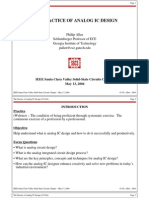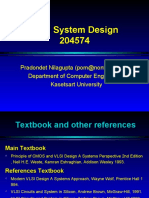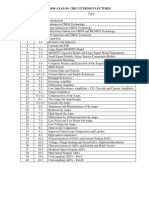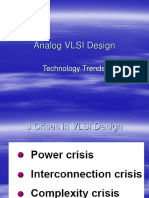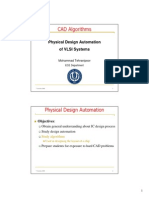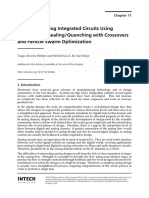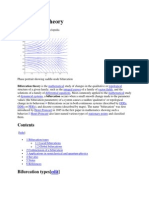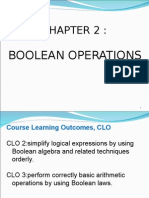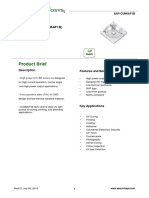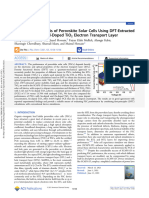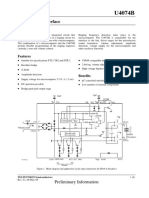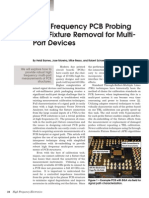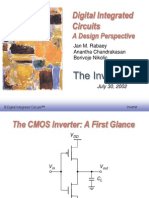0% found this document useful (0 votes)
45 views30 pagesAnalog IC Design Essentials
This document provides an introduction to analog integrated circuit (IC) design, covering topics such as the differences between analog and digital design, the importance of MOSFET technology, and the design process including layout and testing. It emphasizes the significance of understanding circuit behavior and the challenges faced in analog design, particularly regarding non-linearity and accuracy. Additionally, it discusses the role of nanotechnology in IC manufacturing and the evolution of design techniques influenced by Moore's Law.
Uploaded by
Thành PhạmCopyright
© © All Rights Reserved
We take content rights seriously. If you suspect this is your content, claim it here.
Available Formats
Download as PDF, TXT or read online on Scribd
0% found this document useful (0 votes)
45 views30 pagesAnalog IC Design Essentials
This document provides an introduction to analog integrated circuit (IC) design, covering topics such as the differences between analog and digital design, the importance of MOSFET technology, and the design process including layout and testing. It emphasizes the significance of understanding circuit behavior and the challenges faced in analog design, particularly regarding non-linearity and accuracy. Additionally, it discusses the role of nanotechnology in IC manufacturing and the evolution of design techniques influenced by Moore's Law.
Uploaded by
Thành PhạmCopyright
© © All Rights Reserved
We take content rights seriously. If you suspect this is your content, claim it here.
Available Formats
Download as PDF, TXT or read online on Scribd
/ 30













